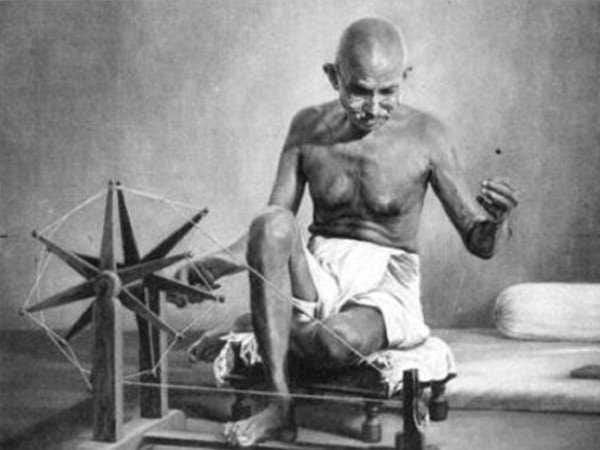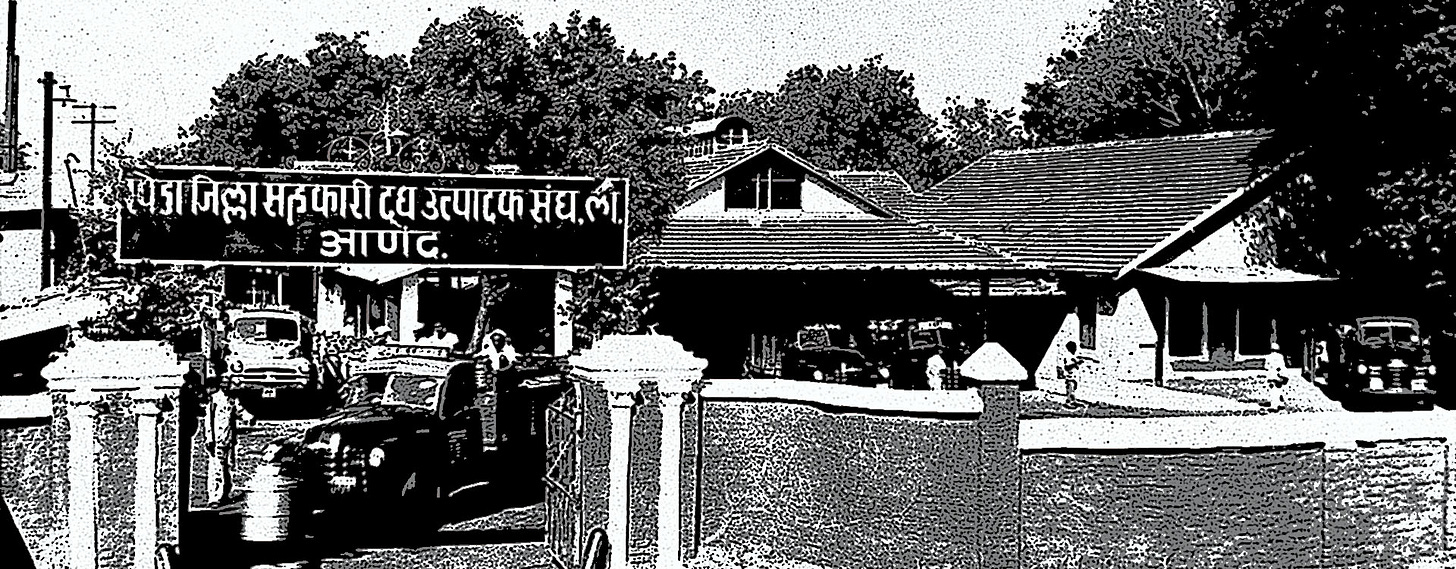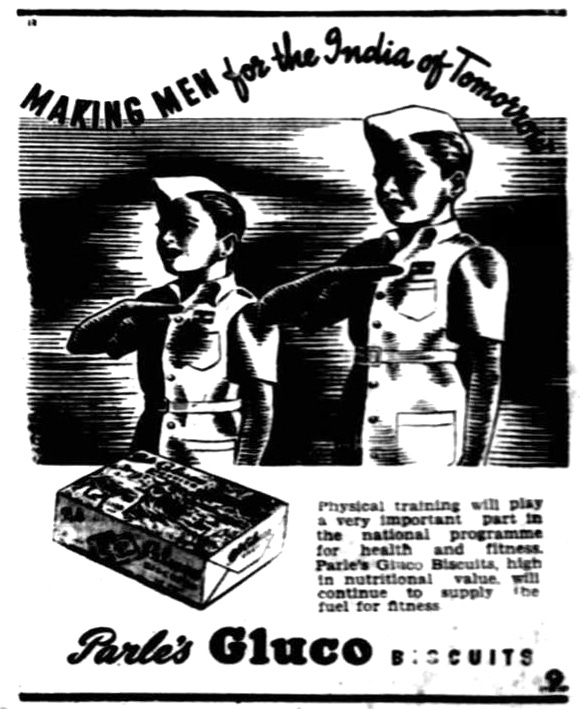With all the buzz around the Make in India Movement, let me take you back to the first Make in India to ever exist - The Swadeshi Movement.
Why was it needed, you may ask; The British Raj drained money out of the country so fast, the Golden Bird as we were once known, was nowhere in sight. In the 17th century, before the British stepped foot in India, our share in the world GDP varied between 25% to 35%. And, by the end of the British Raj in 1947, it dropped to 2%.
We not only needed political freedom but also economic freedom to once again enjoy the glory of the Golden Bird we had. Hence, we saw the Swadeshi movement take shape with Gandhi behind his wheel. Foreign companies and goods were boycotted and Indians were encouraged to make products in India, for Indians.
And this is where several companies like Godrej, Amul and Parle found their origins in ways we would never imagine. Godrej made ballot boxes, Amul led the white revolution and Parle had British Brands retracting from India.
This edition of the Conquest Communique is a story of these companies.
Think Safety, Think Godrej
Some of you may recall Godrej with the mosquito repellent Good Knight, some of you with cosmetics and most of you with safes.
But Godrej initially started with springless locks and the world’s first vegetable oil soap - Chavi. All soaps previously used animal fat and Indians, who were already sceptical about European meat-eating habits, welcomed this with love. With Chavi, Godrej not only scored for ahimsa but also Swadeshi, as it was made in India and emerged as a worthy competitor against European soaps. The soap was fondly endorsed by icons of the freedom struggle like Rabindranath Tagore and Annie Besant which helped it eventually become a household name.
Godrej deepened its connection with India’s families with the launch of the sturdy steel almirahs. You can only imagine the trust families started having in Godrej, as these almirahs started being gifted to newlyweds as a goodwill of an everlasting bond.
Further proving the brand's mettle, Godrej safes were among the only handful that survived the Bombay Dockyard explosions in 1994. Everything including British safes and other equipment was destroyed but this Swadeshi product stood sturdy.
As India attained Independence, it was taking its first steps as a democracy, the first elections were coming up. There was a requirement of 1.7 million sturdy and tamper-proof ballot boxes. Who stepped up to take the project is anyone’s guess. The excitement that independence brought and the passion to rise back to glory again as a nation, was pounding in the Godrej workers' hearts. Working right from quarter to seven in the morning, all the way till midnight, Godrej produced twenty-two thousand ballot boxes a day!
These ballot boxes were an astounding success and were used till the 1960s.
The trust among Indians that Godrej built before independence, persists. Godrej has stayed relevant by coming up with innovative solutions curated specially for the Indian markets. Be it mosquito repellents bringing a sound sleep to homes or hair dye in sachets so you don't burn a hole in your pocket while trying something new.
Amul, The Taste of India!
When I say butter, the Amul Girl licking her fingers and saying “Utterly, Butterly delicious!” is the first thing that comes to our mind, right? Let me take you through the story of how the staple Indian breakfast companion today, Amul began, and how it helped the nation grow post-independence.
The British Raj left the Indian farmers in a very tight spot. With no government support, an average Indian farmer depended on seasonal crops which in turn depended on rainfall for income. Thus, they had no choice but to sell the milk of their livestock for a stable flow of money to run their homes. Even milk was not the end of their plight as it was perishable and thus they were forced to sell it at whatever price was offered.
This ordeal was exploited by the milk distribution agencies and wholesale buyers who acted as middlemen. The farmers of Anand, a small town in Gujarat had had enough and approached Sardar Vallabhai Patel, then Deputy Prime Minister of India. He suggested the farmers form a cooperative society and supply milk directly to consumers instead of selling it to middlemen.
And, this is how milk became a symbol of protest and the Anand Milk Union Limited (Yes Amul has a full form) was formed in 1946. This cooperation was not only the first successful attempt at empowering villagers to directly sell their products but also went on to create a ‘White Revolution’ under Dr Verghese Kurien. The white revolution transformed India from a milk-deficient country under the British Raj to the World’s largest producer of milk and milk products as an independent nation.
Today Amul is co-owned by 3.6 million milk producers and is a renowned brand expanding operations overseas as well. You’ll be surprised to know that Amul spends as little as 1% of its revenue on advertising. By mastering situational marketing, It still stays relevant, with the Amul Girl sometimes reminding us to vote in the elections and sometimes about getting the COVID-19 vaccine.
Parle: Making ‘Bharat Ka Apna Biscuit’
Coming to Parle, the manufacturer of a simple glucose biscuit so cherished in our country, some can't have chai without ParleG on the side.
ParleG is a product of the deep influence of the Swadeshi movement on Mohanlal Dayal of the Chauhan family. In a family that traditionally dealt with textiles, Mohanlal was irked by the fact their skills all came from Europe when there was a Swadeshi movement sprawling in the country. The will to contribute to the movement, caused Mohanlal to go Indian and set up a confectionery business in Parla - a suburb in Mumbai.
Starting with orange candies and the Kismi toffee, they soon realized the need for an Indian biscuit to counter the numerous British brands that dominated the market. And so, in response to Britain’s United Biscuits, Huntley & Palmers, Britannia and Glaxo, a 50-feet long biscuit oven was set up which churned out the now famed glucose biscuits for the first time. Amid the cumbersome task of producing the confectionery, Mohanlal forgot to name the company and thus it locally started to be called ‘Parle’ after its birthplace - Parla. Very naturally the biscuits started to be called ParleG; the G standing for Glucose.
ParleG was cheaper and made in India. It's no surprise that it instantly gained popularity and Mohanlal’s dream of contributing to the Swadeshi Movement finally materialized. Since then, the popularity of ParleG has remained intact. Parle produces about one billion packets of ParleG every month that are sold in more than five million retail stores from malls to supermarkets and even the remotest, most inaccessible corners of India. Why, you may ask? Well, the price of a packet has increased by only Rs. 0.5 in the last three decades even after inflation.
Reconnecting With Our Roots
As we inch closer to celebrating independence day this year, I think we ought to rediscover stories of such brands that helped India grow both politically and economically from the devastating state that the British Raj left us in. These brands became a tool to fight the British by making India economically independent. They have also proved to be exemplary businesses. Devising new marketing to appeal to the new beliefs and perspectives of every generation, they have connected with Indians deeply enough to survive the toughest of tests - the test of time.









The article was really good. Can you guys write about Indian companies working in the Climate change and food waste sector in the coming weeks?